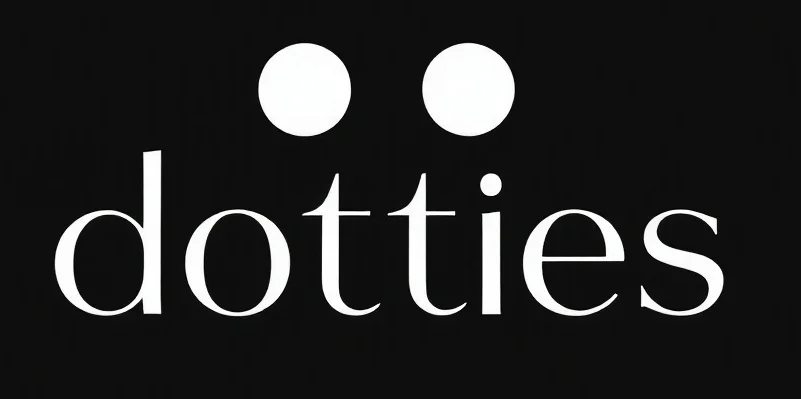The Jungle of AI: Navigating the Complex Terrain
We’ve all heard the tales of AI’s impending domination, but the reality is often less dramatic. As I perused jungle ai, it struck me how the AI landscape is more akin to a dense jungle: teeming with potential, but not without its pitfalls and surprises.
Understanding the Terrain
AI, much like any dense ecosystem, is a complex web of interactions and dependencies. It’s not a monolithic entity but a collection of technologies, each with its own quirks and capabilities. This misunderstanding often leads to inflated expectations and, subsequently, disappointment when AI doesn’t deliver on its perceived promises.
Consider AI as an ensemble of highly specialized interns. Each one is skilled in a particular domain—some excel in language, others in image recognition, yet others in predictive analytics. But none of them are the magical, all-knowing wizards we sometimes imagine. They require guidance, supervision, and a clear understanding of their limitations.
The Gap Between Promise and Reality
This gap—the one that leaves us scratching our heads when AI falls short—is not a sign of failure but a reflection of our own misconceptions. AI, in its current state, is not faltering; rather, it’s us who need to recalibrate our expectations. When we demand deity-like prowess from an intern, we’re bound to face disappointment.
Moreover, our penchant for anthropomorphism adds another layer of complexity. We project human traits onto AI, expecting it to think and act like us. This not only skews our perception but also leads to overconfidence in AI’s abilities, sometimes at the expense of human oversight. As highlighted in the jungle ai article, this anthropomorphism can be both a psychological comfort and a perilous trap.
Keeping AI Human-Centered
So, how do we navigate this jungle and emerge unscathed? By keeping AI human-centered. This means viewing AI as a tool—albeit a highly advanced one—that augments human capability rather than replaces it. It’s about collaboration, not substitution. AI can handle repetitive tasks, sift through mountains of data, and provide insights that might elude the human eye. But it still needs the human touch to steer it in the right direction.
Think of AI as a pair of augmented reality glasses: it enhances what you see but doesn’t change the world itself. It’s there to support, not supplant. By maintaining this perspective, we can harness AI’s potential while avoiding the pitfalls of over-reliance. For instance, using tools like eBay User Search Insights can enhance business strategy by providing valuable data-driven insights.
Actionable Recommendations
- Set Realistic Expectations: Understand the specific capabilities and limitations of the AI tools you implement. Avoid expecting them to perform beyond their design.
- Invest in Training: Educate your team on how to effectively integrate AI into their workflows. This empowers them to leverage AI as a powerful ally.
- Maintain Human Oversight: Ensure that human judgment remains a crucial part of the decision-making process. AI can provide data-driven insights, but the final call should rest with humans.
- Encourage Collaboration: Foster a culture where AI and humans work together. Encourage feedback loops where AI systems learn from human input and vice versa.
By approaching AI with a balanced mindset, we can navigate the jungle with confidence, turning potential challenges into stepping stones towards innovation.
Checkout ProductScope AI’s Studio (and get 200 free studio credits)

